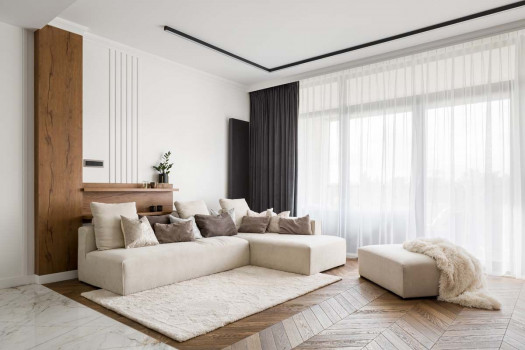5 Green Design Materials to Consider for Your Next Projects and Renovations




©Shutterstock
As climate change has been accelerating in the recent years, a more sustainable design approach is essential to help mitigate its long-term effect. Good material quality is now defined not only by its durability, but also by how much carbon footprint they generate. Many people try to integrate as many environmentally friendly materials that are locally sourced and renewable. Here are some of those materials you can consider to use in your next projects or house renovations.
Reclaimed wood
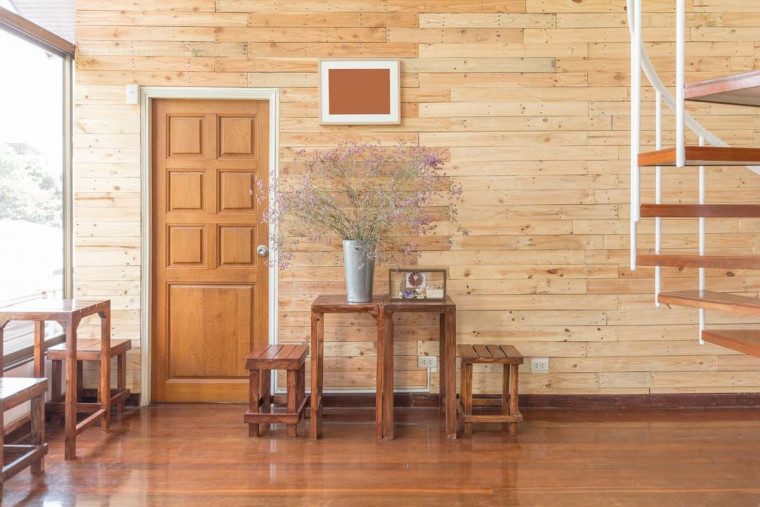
©Shutterstock
Many old buildings, furniture and even retired ships have a great amount of high-quality timber as the main element or material. These woods, especially when they are well-aged and well-maintained, usually have better durability than those of the newly harvested woods. As many renovations and new buildings are built, aged woods are becoming more available and are good enough to be reclaimed and used in newer projects. Using reclaimed wood at least could reduce the demand for newly-harvested timber from the forest.
Bamboo
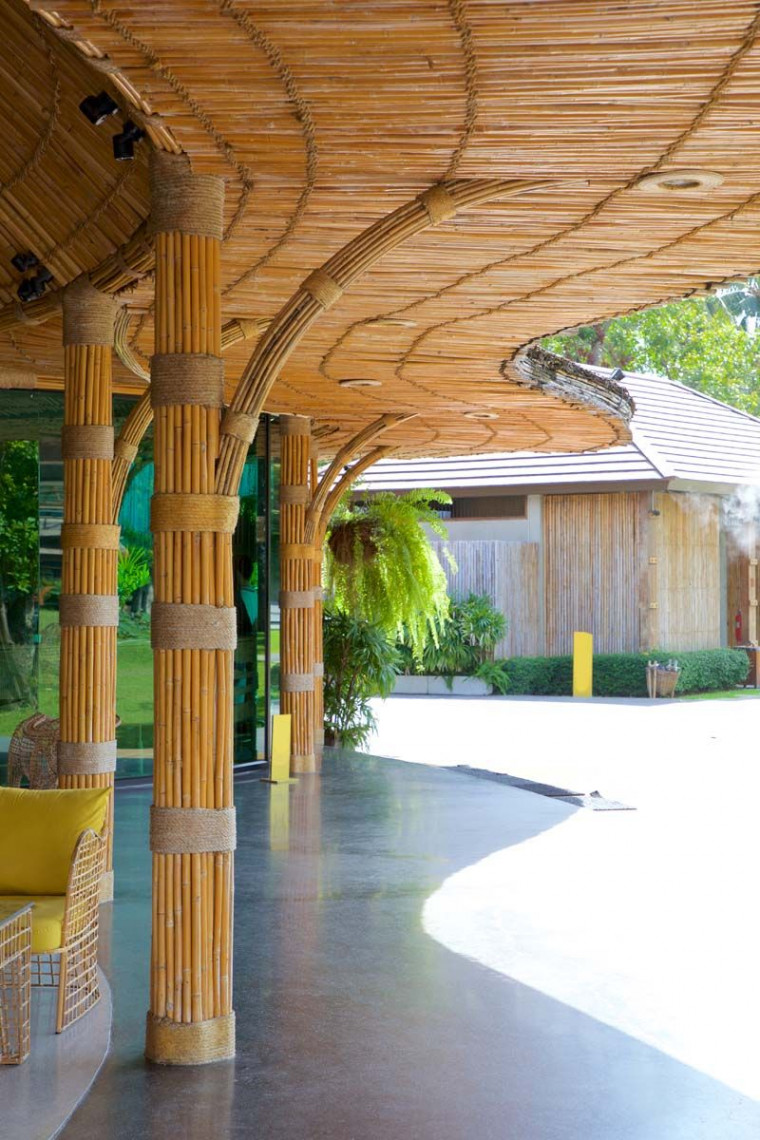
©Shutterstock
Bamboo is one of the most renewable natural building materials available thanks to their rapid growth rate. Bamboo can be an ideal substitute for plywood and even hardwood. This material can be processed and turned into interior furniture and decoration. They are usually made into planks for flooring, can be shaped and grouped into partitions, ceiling, railing, stairs and even structural columns.
LED bulbs
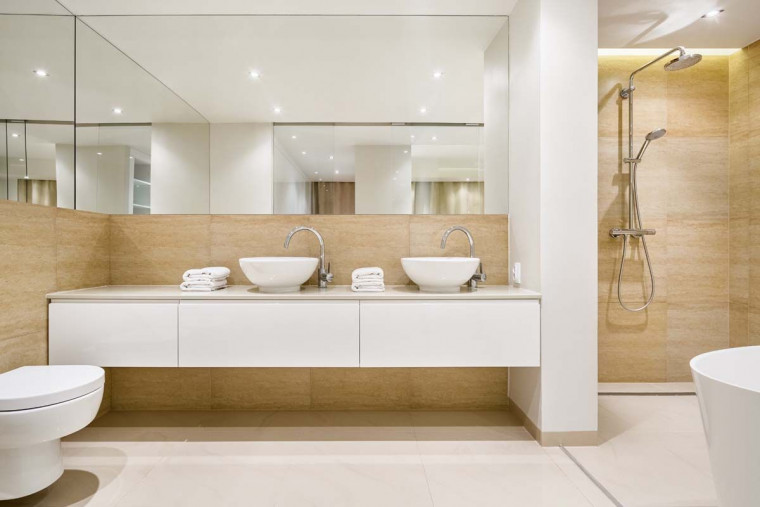
©Shutterstock
Using LED bulbs for interior and exterior lighting can save much of our electric bills compared to using traditional incandescent bulbs. LED bulbs have high energy-efficiency and better durability. They consume about 80 percent less energy than traditional light bulbs in order to generate the same level of brightness.
Rammed earth
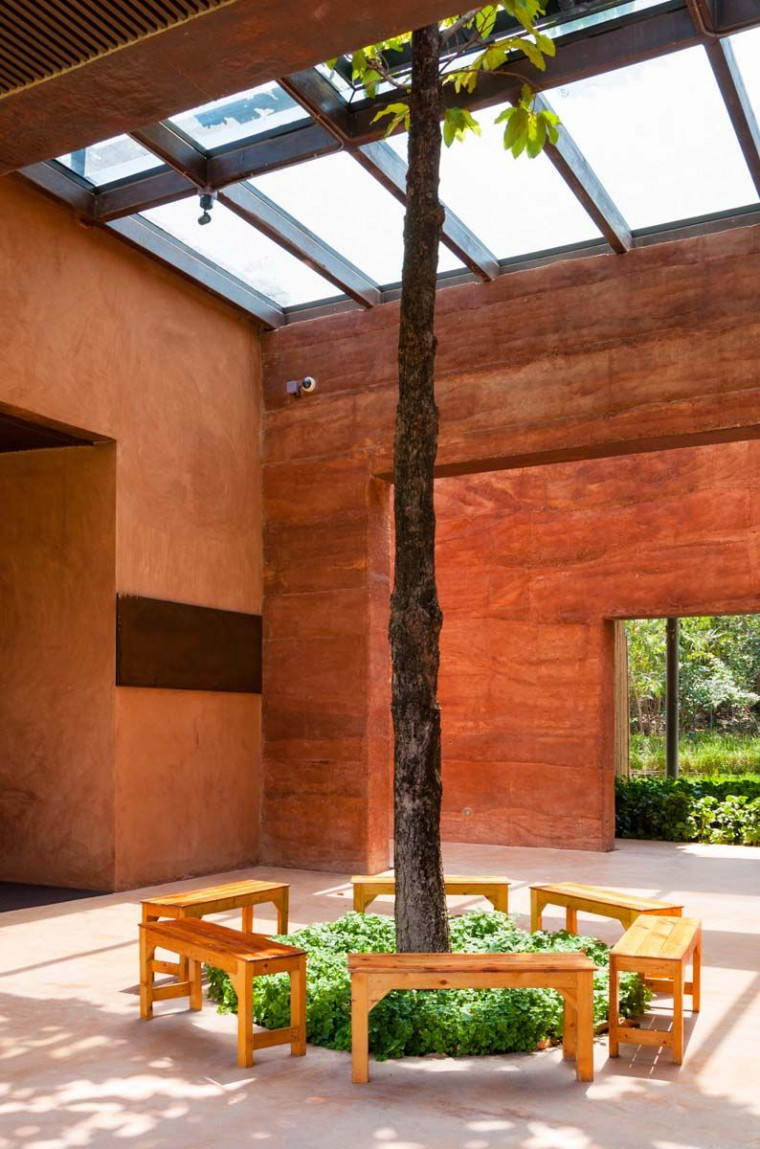
©Shutterstock
Rammed earth is one of the more environmentally friendly alternatives to brick and cement walls. Rammed earth is a traditionally made wall structure with great durability found in several parts of Asia and Europe. Although its construction is more intricate than the usual brick and cement, rammed earth walls generate way less carbon footprint and construction waste. These walls are constructed by the compacting (ramming) of moistened soil into place between temporary formwork panels.
Recycled glass concrete
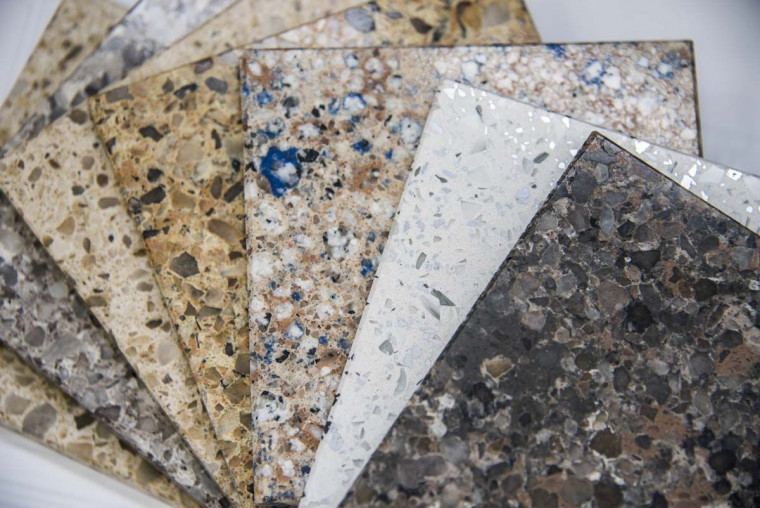
©Shutterstock
The process to create a recycled glass concrete is by breaking used glasses into small pieces which are then held together with concrete. It is usually custom-made in moulds, so waste is minimal. Recycled glass concrete is commonly made into kitchen countertop. The look of this material can be similar to terrazzo thanks to the chunks of old colourful glasses as they aggregate in the mixture. Opting for recycled glass can help to reduce landfills that usually contains a lot of used glass bottles.









 Indonesia
Indonesia
 Australia
Australia
 New Zealand
New Zealand
 Philippines
Philippines
 Hongkong
Hongkong
 Malaysia
Malaysia




